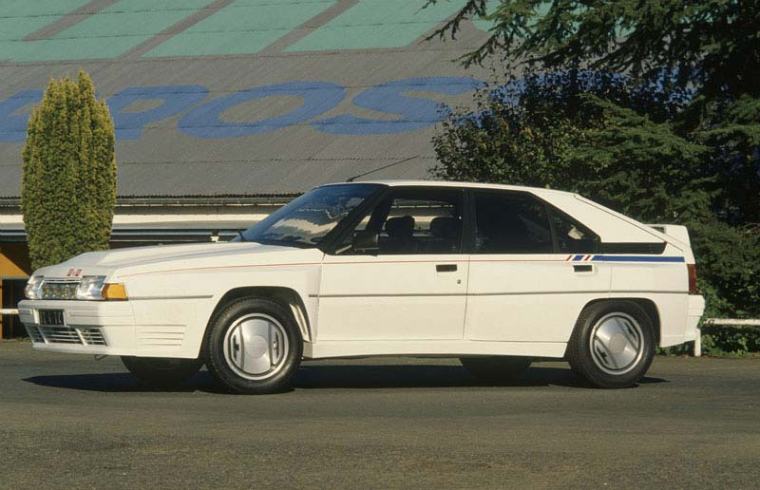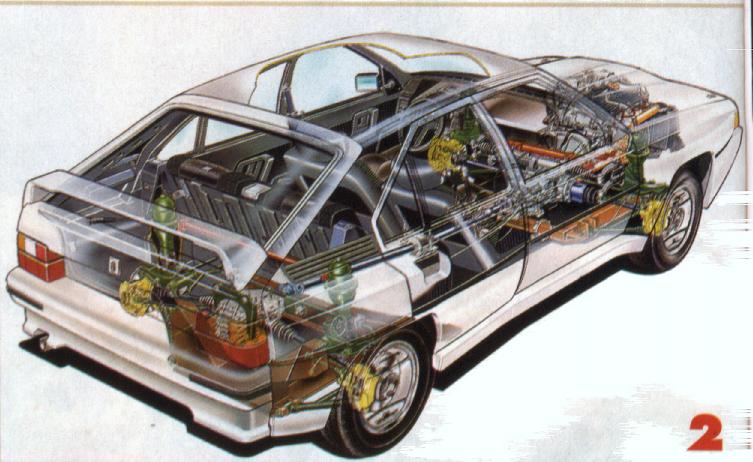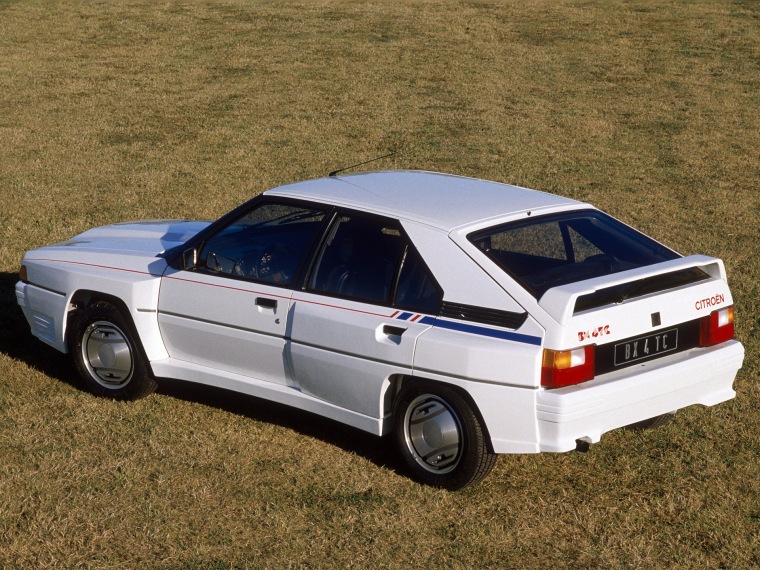Secret Garage: Citroën BX 4TC
Back in the 80’s Citroen decided to step up to the WRC’s premier class with its BX 4TC
 SelectDrive Club
SelectDrive Club
SelectDrive Club, petrolheads who share the passion for automotive! Subscribe to our page to be part of our family!
Back in the 80’s Citroen decided to step up to the WRC’s premier class with its BX 4TC
Back in the 80’s, the World Rally Championship was one of the biggest events in motorsports thanks to the creation of the Group B. The main manufacturers in WRC were Lancia, Audi and Peugeot, with Renault, Porsche, Toyota, Ford and Opel as strong contenders in some rallyes. Citroën was also another contender with the small Visa, which was a front-wheel drive rally car and later with the four wheel drive Mille Pistes version. They were low power cars aimed at their respective classes – under 1300 cc (B9) and under 1600 cc (B10) – . However, Citroën also wanted to compete for the overall win in the WRC (2000 cc).
With the success achieved by his Peugeot cousins with the 205 T16, Citroen decided to step up to the WRC’s premier class and for that, they should choose a model. The Visa was insufficient, even with the VISA LOTUS project, which was canceled (we will dedicate another chapter to this amazing model). Thus, the brand of the chevron decided to bet on a larger model, which allowed the incorporation of AWD technology and could compete with the WRC’s great cars: the one chosen was the BX, launched in 1982, with great commercial success.

In order for the new BX to compete in group B, a minimum of 250 units had to be built (a figure not often reached), with the evolution units for rally. The initial objective was be to compete during the 1985 season, but the deadlines will not be kept. The 250 units for homologation were built by Heuliez, while the «Evolution» units (race version) were built by the Citroën Competition Services in Trappes. At least, only 105 cars reportedly manufactured when news of the cancellation of Group B was made.

The new car shared many parts with the Peugeot 505. In this sense, the BX 4TC used the engine of the Peugeot 505 (Simca-Chrysler), a 4-cylinder 2.2 liter turbo that developed 200 hp. The use of this engine involves modifying the front, increasing the overhang, which will be partly responsible for the difficult balance of the car. Given the limited budget, the base of the car is a chassis of a 5 door BX. In the same way, Citroën will make maximum use of the existing elements: wheels of the Gti Turbo, the BX Sport spoiler or the Citroën-Maserati SM gearbox, which equipped the Maserati Merak and the Lotus Esprit.
The new BTC 4TC was finally released in 1985, and was an absolute failure due to the lack of budget for its proper development. The criticism focused on his excessive weight on the front axle and his erratic suspension adjustment. Likewise, it was a car known by poor reliability, low performance, and high repair costs.

Its participation on WRC was another big failure. The car only raced 3 WRC rallies before the end of Group B with horrible results, often being beated by Group A cars. As such, the very few surviving BX 4TC Serie 200s are very coveted by today’s Citroën and Group B collectors. However, it is a real group B car, and its quote is not crazy: You can buy one for a price between € 30,000 – € 40,000.